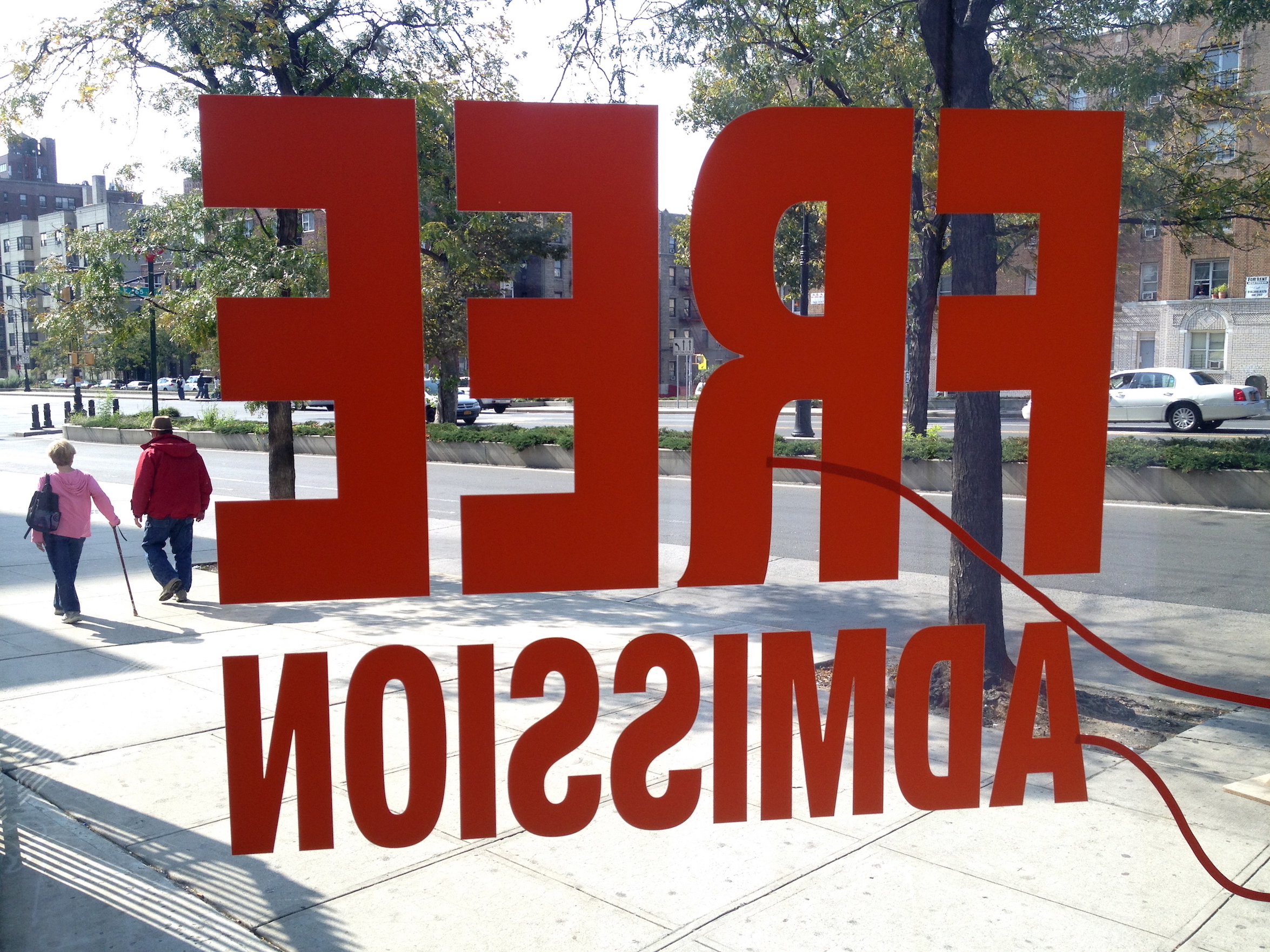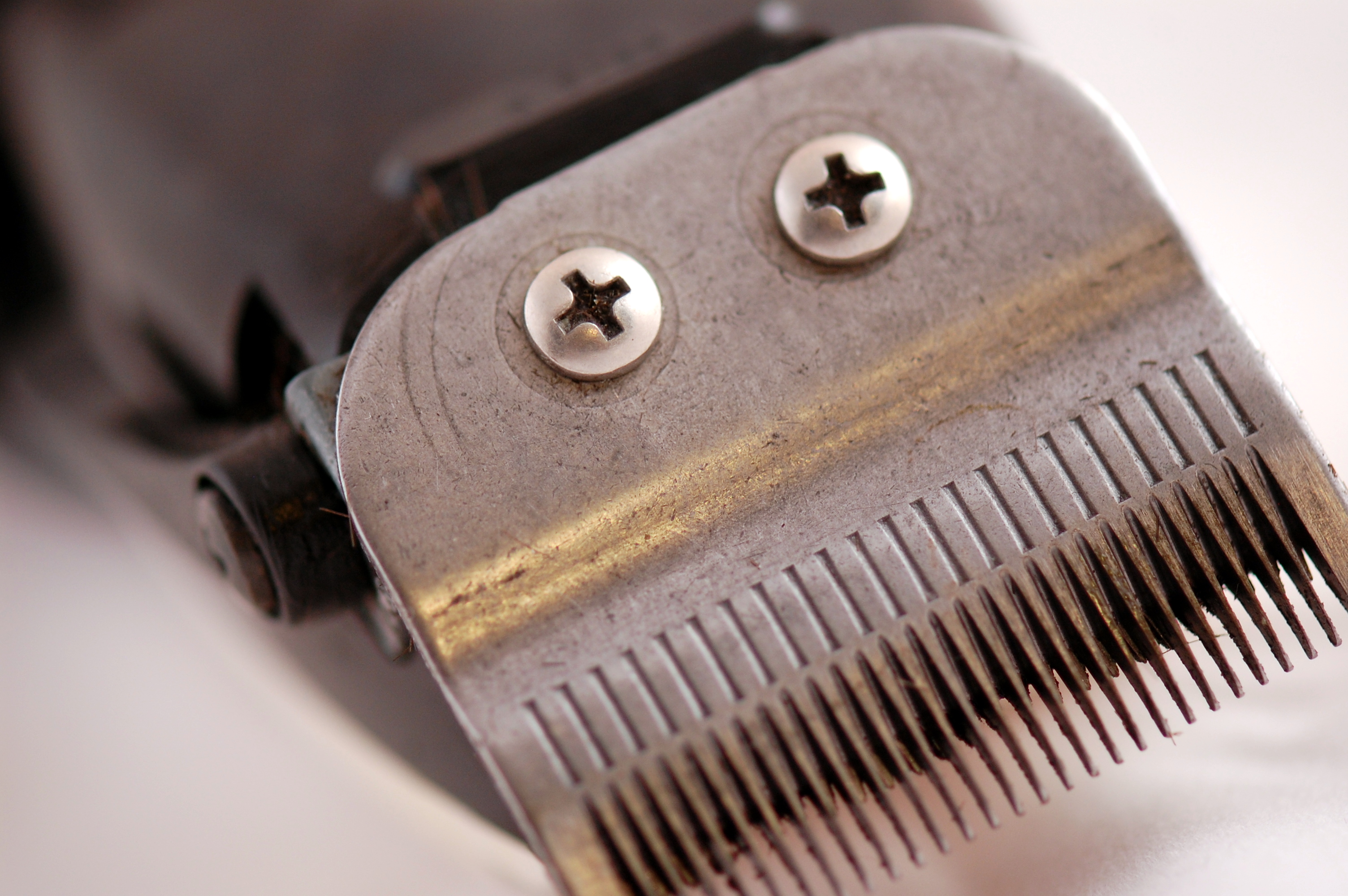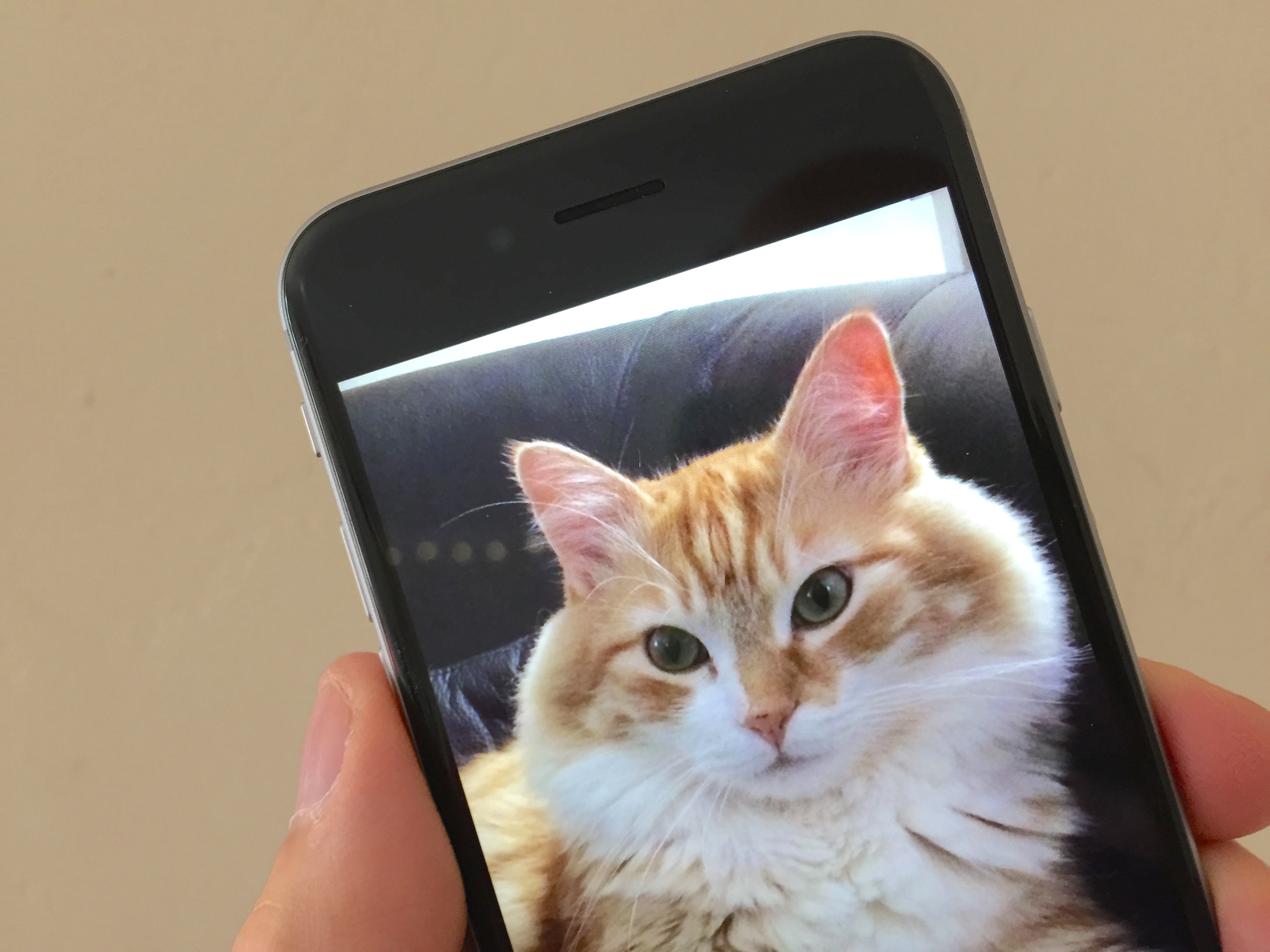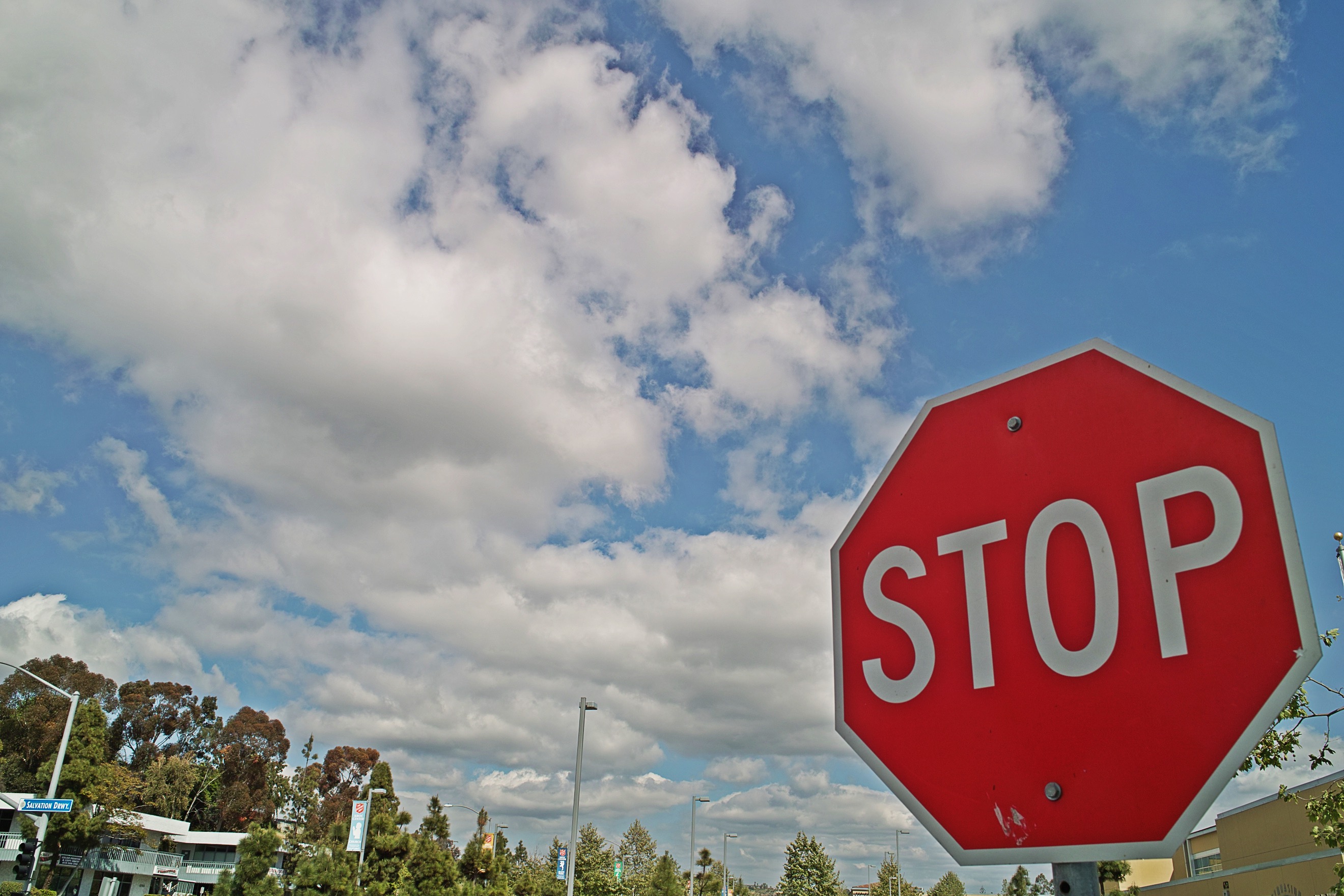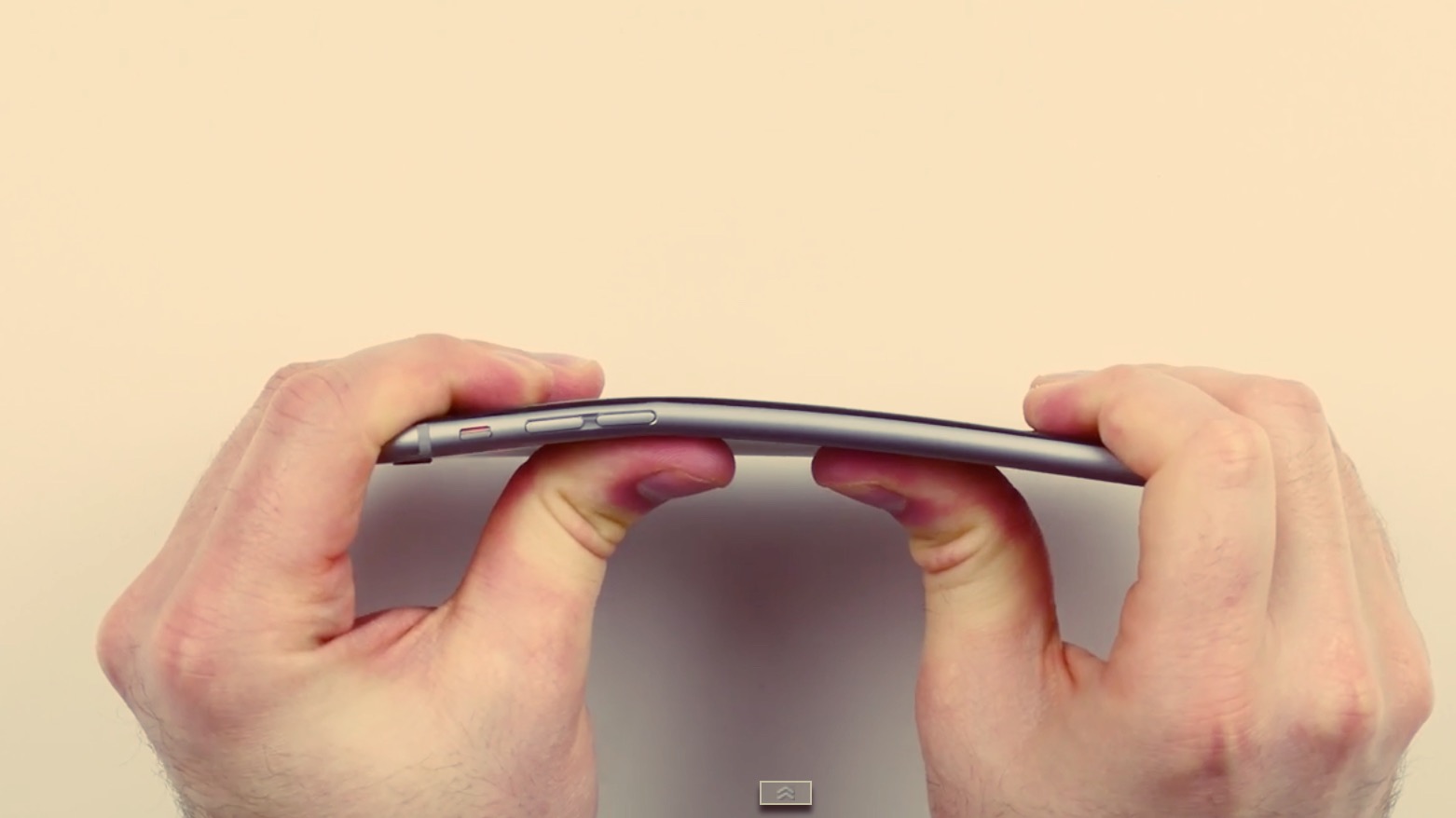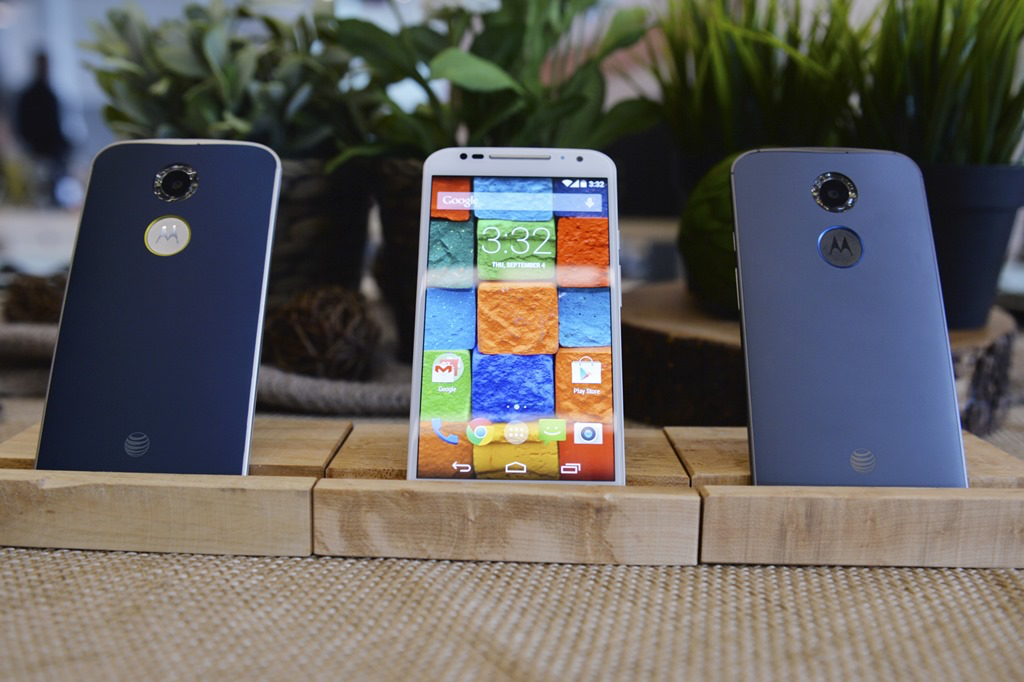The photo left greatly embarrasses me, but I feel compelled to contrast it with the other. The heavyset me weighed 95 kilos (210 pounds), in September 2004. The other is from August 2014, when I weighed 70 kilos (152 pounds). I’ve lost another 2.5 kilos since my wife snapped the pic of me holding our cat, Neko. The change is dramatic.
Moving to California seven years ago on October 15 precipitated initial weight loss, which with increased activity occurred gradually to 82.6 kilos (182 pounds) early last year. The other 15 kilos (33 pounds) is result of massive dietary change, which is topic of my forthcoming book How I Beat Diabetes. Simply stated: I cut carbs and portions, switching to a diet high in protein, berries, nuts, and leafy veggies.


